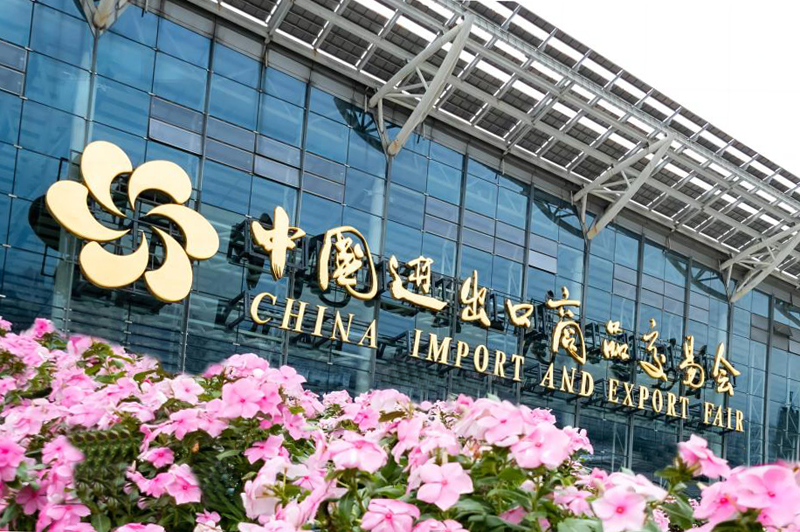Nowadays plastic products are ubiquitous in our daily lives. From packaging materials to toys, construction materials, and electronic gadgets, household items, plastic is everywhere. In fact, it’s hard to imagine life without plastic. But have you ever wondered where plastic products come from? What is their origin, and how do we make them? In this article, we will explore the history, production process, and environmental impact of them.
The History of Plastic
The word “plastic” comes from the Greek word “plastikos,” which means “capable of being shaped or molded.” Leo Baekeland invented the first synthetic plastic in 1907. It called Bakelite. It was made from phenol and formaldehyde and was used in a variety of applications, including electrical insulators, telephones, and radios.
During World War II, the demand for plastic products increased dramatically. The military needed lightweight, durable materials for airplanes, tanks, and other equipment. After the war, the production of plastic things exploded. Everything from cars and appliances to household items and toys started using plastics.
How Are Plastic Products Made?
Plastic products are made from a variety of materials, including polyethylene, polypropylene, polystyrene, polyvinyl chloride (PVC), and others. The production process varies depending on the type of plastic and the application. However, the basic steps are similar.
Step 1: Polymerization
The first step in making plastic items is polymerization. This is the process of combining monomers (small molecules) to form polymers (long chains of molecules). The monomers are usually derived from petroleum or natural gas.
Step 2: Compounding
Once the polymers are formed, they are compounded with additives such as colorants, stabilizers, and fillers. These additives improve the properties of the plastic, such as its strength, flexibility, and color.
Step 3: Processing
The compounded plastic is then processed into the desired shape using one of several methods, including injection molding, blow molding, extrusion, or thermoforming. Injection molding is the most common method. And we use it to make everything from toys and automotive parts to medical devices and electronic components.
In conclusion, plastic products are an important part of our daily lives, but their production and disposal have a significant environmental impact. Understanding the history and production process of plastic can help us make more informed choices about the products we use and the impact they have on the environment. As consumers, we can reduce our plastic footprint by choosing reusable products, recycling, and supporting policies that promote sustainable production and disposal of plastic products.
Where are the Main Manufacturers of Plastic Products From?
Plastic is a widely used material in various industries ranging from food packaging to industrial manufacturing. It is not only versatile but also cost-effective, lightweight, and durable. However, have you ever wondered where the main manufacturers of plastic products are located? In this article, we will explore the major players in the plastic industry and where they are located.
China

China is the world’s leading manufacturer of plastic products. The country has been the driving force behind the growth of the plastic industry in recent years. According to the China Plastics Processing Industry Association (CPPIA), China produced 81.7 million tonnes of plastic products in 2019, accounting for 29% of the world’s total plastic production. The plastic industry has become a significant contributor to China’s economy, providing employment opportunities and boosting the country’s GDP.
One of the reasons why China is the leading manufacturer of plastic products is its low labour costs. The country has a vast pool of cheap labour that has made the production cost-effective. Additionally, China has invested heavily in modern machinery and technology, making the production process more efficient and increasing output.
United States
The United States is the second-largest manufacturer globally. In 2019, the country produced 38.3 million tonnes of plastic products, representing 14% of the world’s total plastic production. The plastic industry has been a significant contributor to the US economy, providing employment opportunities and contributing to the country’s GDP.
The United States has a vibrant plastic industry, with many companies involved in the production of plastic products. These companies include ExxonMobil Chemical, Dow Chemical, and DuPont, among others. The country has invested heavily in research and development, leading to the production of high-quality plastic items that are in high demand globally.
Europe
Europe is the third-largest manufacturer of plastic items globally. In 2019, the region produced 35.7 million tonnes of plastic products, representing 13% of the world’s total production. The plastic industry is a significant contributor to the European economy, providing employment opportunities and boosting the region’s GDP.
Europe has a well-established plastic industry, with many companies involved in the production of plastic products. These companies include BASF, Borealis, and LyondellBasell, among others. The region has invested heavily in technology and innovation, leading to the production of high-quality items that are in high demand globally.
Other Major Players
Apart from China, the United States, and Europe, there are other major players in the plastic industry. These include Japan, Canada, India, and Brazil. Japan is the fourth-largest manufacturer of plastic products globally, with a production of 21.3 million tonnes in 2019. Canada produced 9.3 million tonnes, India produced 9.5 million tonnes, and Brazil produced 7.6 million tonnes in the same year.
Hangzhou Costar Trade Co., Ltd
The main manufacturers of plastic products are located in China, the United States, and Europe. As one of the household products manufacturers, we always take quality as the first important thing. And our main industry is household items including plastic storage bins, fresh boxes, hanging waste baskets, makeup organizers, etc. All our products are using high quality raw materials to make sure they can pass the certification of different countries for different products.

